7 Public Relations Tips for Shooting Ranges
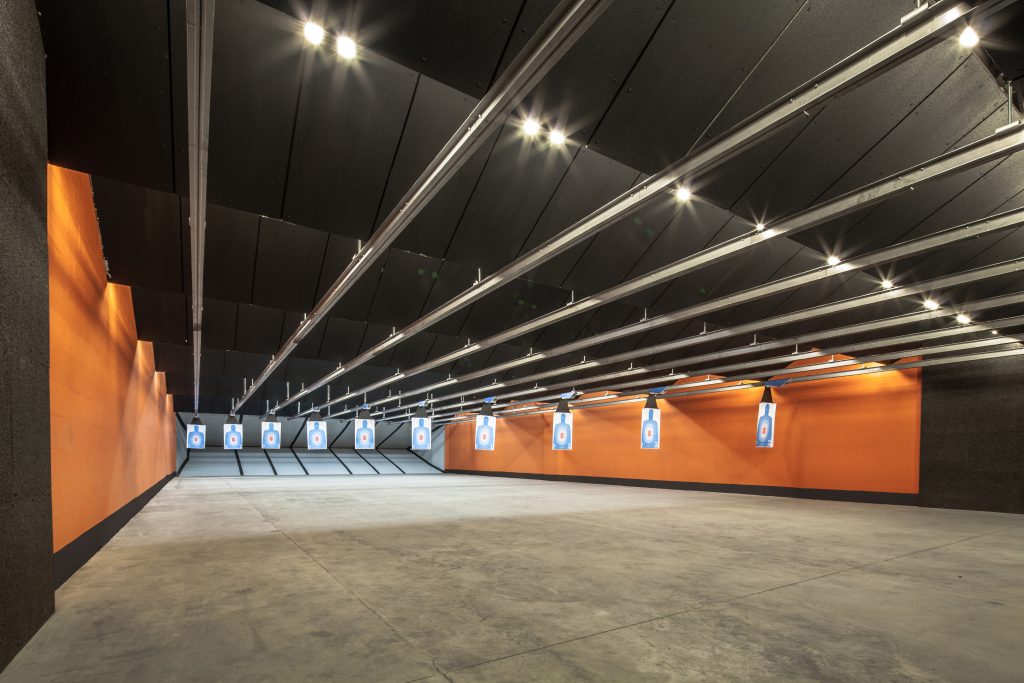
Public relations can be difficult no matter what industry you’re in, but for those who own shooting ranges and gun shops, it can be absolutely terrifying. It seems the majority of news stories about shooting ranges are purely negative and focus on battles over zoning, environmental concerns, community opposition, or violent crime. The media may […]
What Makes a Professional Firearms Instructor?
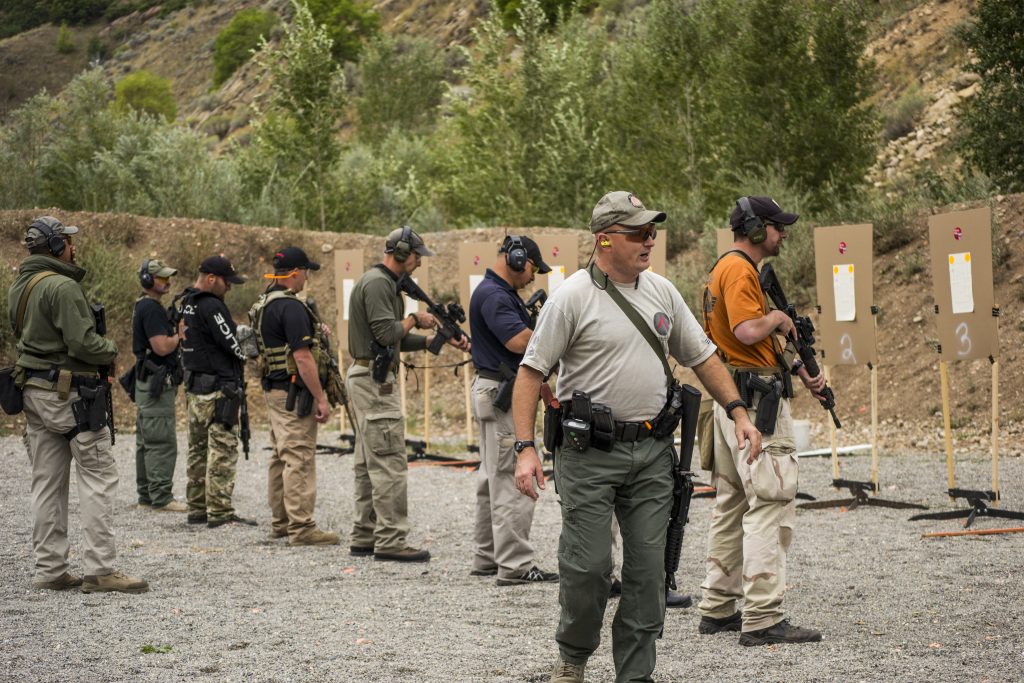
By Dave Staskievicz Editor’s Note: Action Target has republished this article in its entirety with the permission of the author. Ideas, comments, practices, recommendations, etc. are the author’s own and do not necessarily represent those of Action Target. There are so many different types of “firearms instructors” that it’s virtually impossible to give a standardized answer […]
Omaha Law Enforcement Trainer Recognized For Exceptional Performance
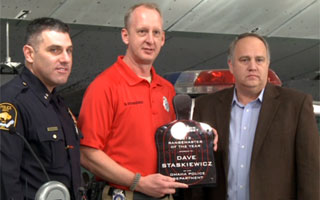
Officer David Staskiewicz receives Range Master of the Year Award from Action Target PROVO, Utah – Officer David Staskiewicz was recognized by Action Target as the 2012 Range Master of the Year for his continued excellence in law enforcement training. Action Target founder Addison Sovine presented Staskiewicz with the award at a ceremony held in […]
3 Marketing Strategies to Get People in Your Shooting Range

By Mike Stilwell, Action Target Range Consultant and owner of Range Masters indoor shooting range in Springville, Utah. When I bought my first handgun 20 years ago, there wasn’t a place to shoot it. There were hardly any shooting ranges in the area, and the ones that did exist required expensive long-term memberships. That really […]
The Timeless Debate: Law Enforcement Use of Range Facilities?
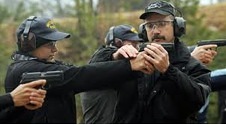
Range owners who are preparing for a new build must consider every possible revenue stream since it is their responsibility to ensure the range is profitable. During this process, many range owners believe they will be able to entice local law enforcement into using their training facilities and have this be a major source of revenue. This timeless debate–whether or not a relationship with the local law enforcement should be a major part of a range’s business plan–should be carefully considered before embarking on range construction.
Which System is Better for the Total Containment Trap: Conveyor or Bucket?
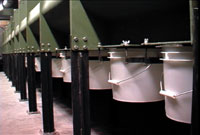
The goal of every range should be to increase facility revenue. In order to achieve this goal, all range products and features should be carefully evaluated to ensure they maximize revenue and are aligned with the volume of range use. While the bucket system is the ideal solution for some ranges, Action Target recommends that […]
Should I Shoot On Paper or Steel Targets?

There seems to be an ongoing industry-wide debate about which targets are best—paper or steel. While neither one will ever be crowned the ultimate victor, Action Target’s Steel Target Resource Guide gives meaningful insight to outline the strengths and weaknesses of each target type. Paper Shooting on paper is a great way to sight-in rifles […]
Action Target Holds Successful LETC 2011
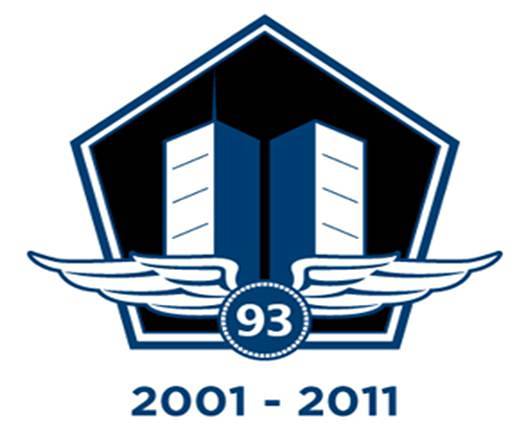
Law Enforcement Training Camp (LETC) 2011 was a recent success for Action Target and we’d like to thank all who helped and attended this unique training experience. Here’s what some of the attendees had to say about it: Dear Rick, Please accept this letter of appreciation to all of the Action Target staff and instructors […]
Shooting Steel Targets (Part I)

As the world’s leader for shooting range development, Action Target has a diverse line of products to meet the needs of all its customers. If there is ever a request for a target system not currently offered, we have a full team of Research & Development personnel to explore the creation of a new target solution. Many times, however, the training need can be met with some of the simplest targets.
When using any of our portable steel targets, please remember these safety guidelines to ensure that your shooting experience is a fun and safe one:
Rangemaster of the Quarter – Nicholas Roberts
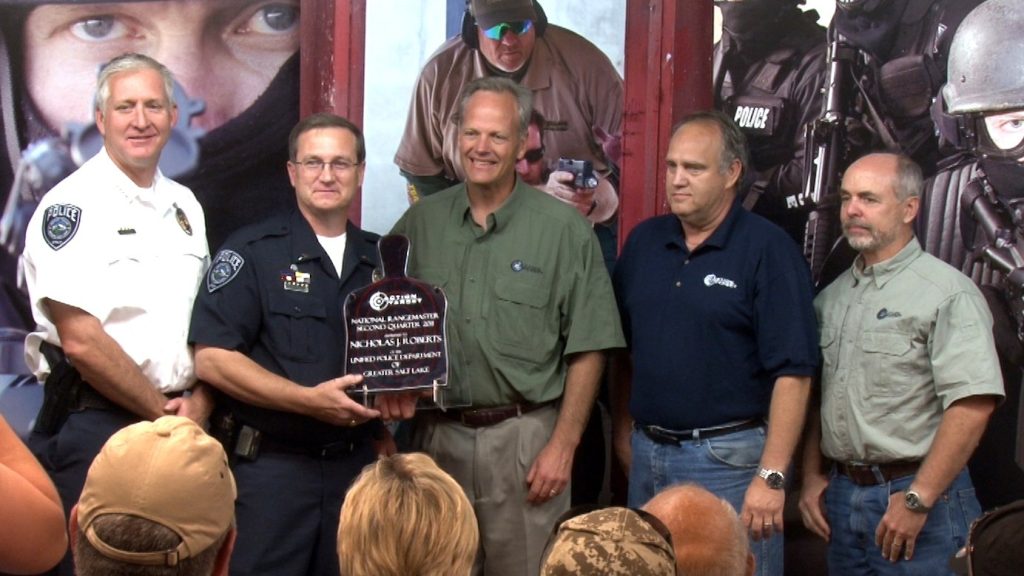
We were astonished at the number of submissions we received for our Rangemaster of the Quarter award. After careful consideration, Action Target is pleased to announce that Nicholas Roberts of the Unified Police Department of Greater Salt Lake, UT has been selected as Action Target’s National Rangemaster of the Quarter for Q2-2011. The National Rangemaster […]